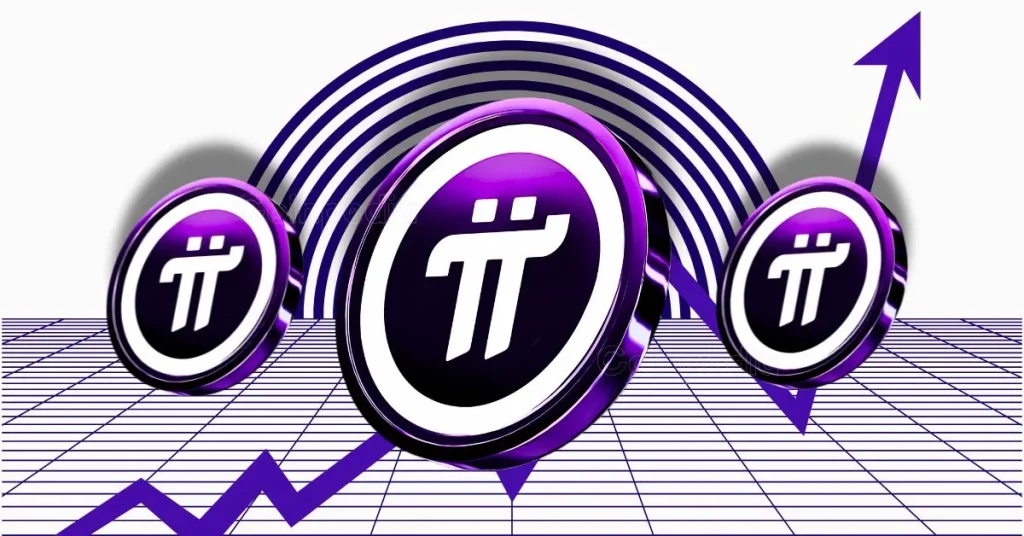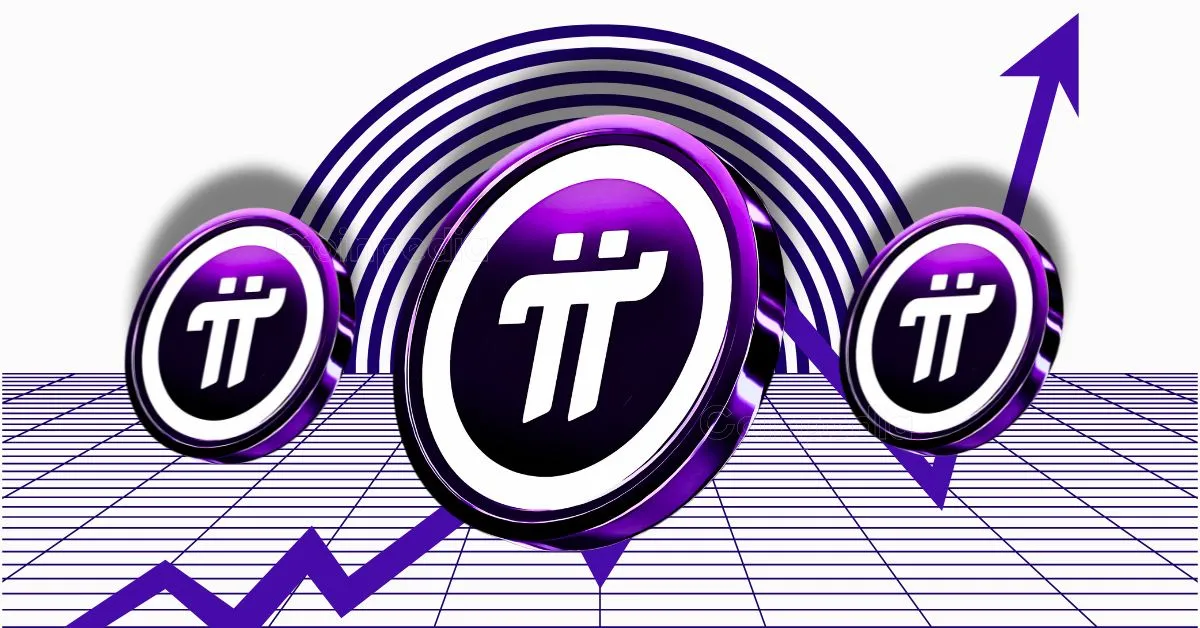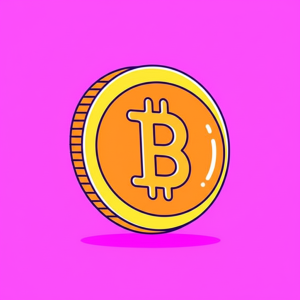
The Pi Network phenomenon has captured the imagination of millions, offering a unique approach to cryptocurrency mining that prioritizes accessibility and energy efficiency. Unlike traditional cryptocurrencies, Pi Coin operates within a closed network, awaiting its full launch and the potential listing on major exchanges like Binance. This anticipation has sparked intense speculation about the coin’s future price, particularly in the context of a Binance listing, which could significantly impact its market trajectory.
A Binance listing is more than just an exchange addition; it’s a gateway to global visibility, liquidity, and credibility. For Pi Network, such a listing would mean exposure to Binance’s millions of users, enhancing trading volumes and price stability. The exchange’s rigorous vetting process ensures that only projects with strong fundamentals and community support are listed, making a Binance listing a potential stamp of approval for Pi Coin. However, the path to listing is not guaranteed, as Binance evaluates projects based on maturity, technical robustness, regulatory compliance, and market demand.
Price predictions for Pi Coin vary widely, reflecting the speculative nature of the cryptocurrency market. Conservative estimates suggest a post-listing price range of $3 to $5, with the potential to reach $10 under favorable conditions. More optimistic forecasts envision Pi Coin surging to $100 or even $1,000 in the long term, driven by widespread adoption and ecosystem growth. However, these projections must be balanced against bearish warnings, which highlight risks such as token unlocks and market volatility. Realistic targets, such as $2.50 to $3.50 by 2025, offer a middle ground, acknowledging the potential for growth while remaining grounded in current market dynamics.
The journey ahead for Pi Network is fraught with challenges and opportunities. Building a robust ecosystem is critical, as it will drive demand and justify the coin’s value. Regulatory scrutiny, competition, and security concerns are additional hurdles that the project must navigate. However, Pi Network’s large user base, mobile-first approach, and community-driven development model provide a strong foundation for growth. The project’s focus on accessibility makes it appealing to newcomers, potentially expanding its reach beyond traditional cryptocurrency enthusiasts.
The timing of a Binance listing remains uncertain, as the exchange has not made any official announcements. While community polls indicate strong interest, Binance’s decision will depend on a thorough assessment of Pi Network’s progress, security, and compliance. Until then, the Pi Network team must continue to develop its ecosystem, address regulatory concerns, and demonstrate the project’s long-term viability. The waiting game is on, and the outcome will shape the future of Pi Coin and its community.
In conclusion, the potential Binance listing of Pi Coin represents a critical juncture for the project. While the prospects are exciting, they must be tempered with caution. Price predictions are highly speculative, and investors should conduct thorough research before making decisions. The success of Pi Network will ultimately depend on its ability to overcome challenges, foster a thriving ecosystem, and deliver on its promises. For those who believe in the project’s vision, the journey is just beginning, and the road ahead is filled with both opportunities and uncertainties.





